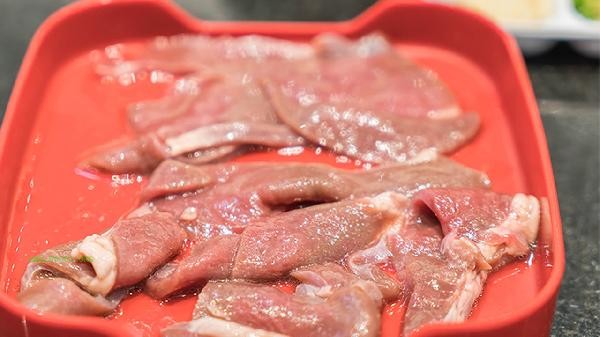Pain after muscle cramps is usually caused by factors such as excessive muscle contraction, lactate accumulation, electrolyte imbalance, abnormal neural excitability, or underlying diseases. Strong muscle fiber spasms during cramps may lead to microscopic damage, and the recovery process may be accompanied by inflammatory reactions and metabolic waste retention.

1. Excessive muscle contraction
Intense exercise or prolonged fixed posture can cause sustained muscle tension, and excessive contraction of muscle fibers during cramps may result in minor tears. This condition is more common after exercise or during nighttime sleep, and the pain may last for several hours to two days. Hot compress and mild stretching can help alleviate it.
2. Lactic acid accumulation
Lactic acid produced by anaerobic metabolism accumulates in muscles and stimulates nerve endings. Failure to recover blood circulation in a timely manner after cramps may exacerbate pain. Commonly seen in sudden increases in exercise intensity or dehydration, moderate massage and hydration can accelerate metabolic clearance.
3. Electrolyte imbalance
Low calcium, low magnesium, or low potassium can affect normal muscle contraction function, and uncorrected ion disturbances after cramps may prolong pain duration. People who take diuretics for a long time or have gastrointestinal disorders are more likely to experience it, and can supplement minerals with foods such as bananas and dark green vegetables.

4. Abnormal neural excitability
Peripheral neuropathy or spinal problems may cause abnormal muscle discharge, and pain after cramps may radiate to the surrounding area. Patients with diabetes or lumbar disc herniation need to be alert. Neuroelectrophysiological examination is helpful to clarify the cause.
5. Potential diseases
hypothyroidism, renal insufficiency, and other diseases can lead to metabolic waste clearance disorders, and the degree and duration of pain after cramps may exceed the conventional range. When accompanied by symptoms such as edema and fatigue, the primary disease should be investigated, and creatine kinase testing can evaluate the degree of muscle damage.

Daily attention should be paid to sufficient warm-up before exercise and timely supplementation of electrolyte containing drinks after exercise. Middle aged and elderly people can regularly check their blood calcium and magnesium levels, and pay attention to keeping their lower limbs warm during sleep. If the pain persists for more than three days or is accompanied by symptoms such as muscle weakness and abnormal urination, serious conditions such as rhabdomyolysis should be ruled out. It is recommended to choose foods rich in vitamin D, such as fish and egg yolks, to avoid sudden changes in exercise intensity. If necessary, professional rehabilitation therapy can be performed.








Comments (0)
Leave a Comment
No comments yet
Be the first to share your thoughts!